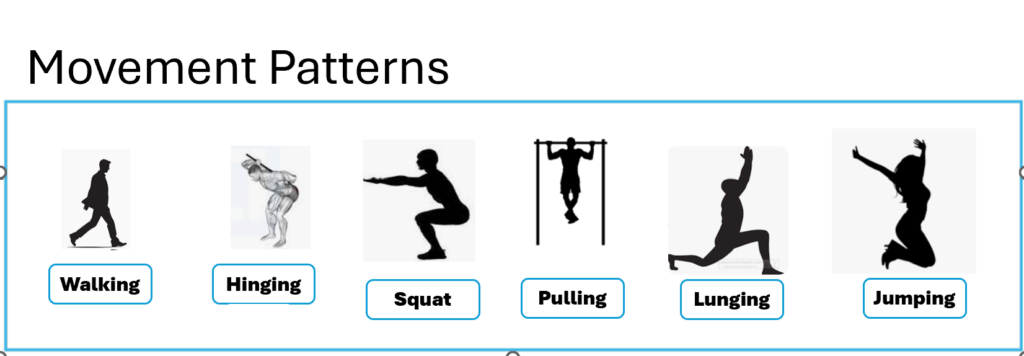
Healthy Eating for a Balanced Lifestyle
● Minimally Processed meals: To naturally feed your body, choose entire meals like fruits, vegetables, lean meats, and whole grains.
● Low Sugar, High Fiber: To improve digestion and increase energy, cut back on sugar and include meals high in fiber, such as vegetables, beans, and oats.
● Mindful Eating: To connect with your body’s needs, eat with intention by paying attention to portion sizes, chewing deeply, and enjoying every meal.
● Nutrition & Recovery: Recognize the effects of nutrition on energy, mood, and recuperation. Find out how eating balanced meals might help you achieve your wellness objectives.

Sleep
- Remember that getting seven hours of good sleep is crucial for maintaining emotional equilibrium, mental clarity, and physical health.
- Provide information on how to create a sleep-friendly environment, which includes lowering exposure to blue light, maintaining regular sleep cycles, and using relaxing methods like diaphragmatic breathing.

Diaphragmatic Respiration:
● To lower anxiety, enhance lung function, and foster calm, teach breathing exercises like diaphragmatic breathing.
● Emphasize that anxiety can be controlled with deliberate breathwork and that it is a physiological state as well as a psychological one.


Social Connection
- Stress the value of creating a network of friends who understand you to provide emotional support and foster growth on both sides.
- Maintaining genuine connections that are in line with common values and objectives should be encouraged.

Curious Mindset
• Encourage a growth mentality and desire to investigate novel concepts, rise to obstacles, and maintain flexibility.
• Offer resources and methods that support innovative problem-solving and lifetime learning.

Individualized Knowledge & Tools
Give people individualized tools for self-care, healing, and development. Some examples include educational materials, tactics for physical and mental well-being, and guided workouts.